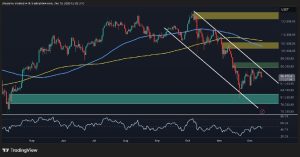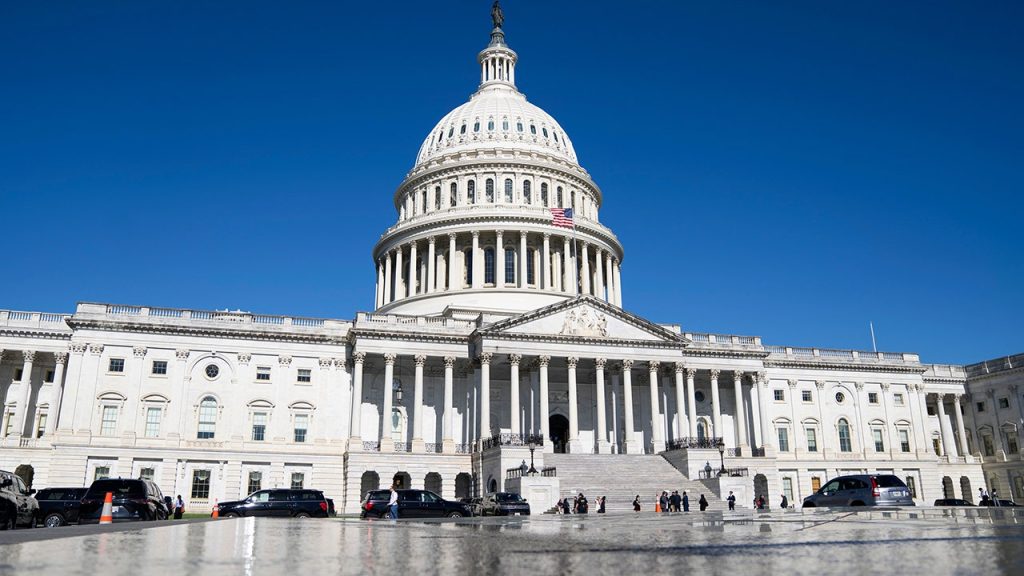The Trump administration’s push to return federal employees to in-person work has culminated in a controversial buyout offer, sparking a legal battle with unions representing those workers. The administration, citing a desire to restore accountability and focus on serving the American public, offered buyouts to nearly two million federal employees, including those working remotely, with a tight deadline of February 6th. The offer entails employees ceasing work immediately but receiving pay and benefits through September 30th. Certain categories of employees, such as public safety personnel and those involved in immigration enforcement or national security, are exempt from the offer.
The buyout offer, however, has been met with strong resistance from federal employee unions, who have labeled it “arbitrary and capricious” and filed a lawsuit seeking a temporary restraining order. The American Federation of Government Employees (AFGE) and other unions argue that the offer violates federal law, citing the lack of appropriated funds for the buyouts and the administration’s failure to consider the potential consequences of mass resignations on government function. They further contend that the administration has not articulated a lawful policy regarding the return to in-person work and that the buyout offer constitutes an ultimatum to employees: resign or potentially face job loss without compensation.
The unions suspect the “Fork Directive,” as they’ve dubbed it, is a veiled attempt to replace career civil servants with partisan loyalists. They allege the administration is using misleading tactics to coerce employees into accepting the buyout, despite the lack of guaranteed funding and the potential legal ramifications. The AFGE has publicly denounced the offer as a “con,” urging its members to resist the pressure and protect the integrity of government service. The lawsuit seeks not only to halt the February 6th deadline but also compels the government to establish a lawful and non-arbitrary policy regarding the return to in-person work.
The administration, for its part, has emphasized its commitment to restoring accountability and efficiency within the federal government. A government-wide email outlined four key pillars of the administration’s plan: returning to in-person work, increasing accountability for policymakers and senior executives, and reforming the federal hiring process based on merit. While thanking those who have already returned to the office, the email also acknowledged that the future of their positions could not be guaranteed. This ambiguity has further fueled anxieties among federal employees, adding to the uncertainty surrounding the buyout offer and the broader return-to-office mandate.
As the deadline loomed, the White House anticipated a surge in resignations. Initial reports suggested that approximately 20,000 employees had accepted the buyout offer, representing roughly 1% of the federal workforce. However, officials later clarified that this figure was not current, suggesting the final number could be higher. The rapid unfolding of events underscores the contentious nature of the situation, with both the administration and the unions firmly entrenched in their respective positions.
The clash between the Trump administration and federal employee unions over the buyout offer and return-to-office mandate highlights broader debates about the future of work, particularly in the public sector. The COVID-19 pandemic forced a rapid shift towards remote work, raising questions about the necessity of traditional office spaces and the potential benefits of flexible work arrangements. The administration’s insistence on a full return to in-person work, coupled with the controversial buyout offer, has sparked concerns about potential disruption to government services, loss of experienced personnel, and the politicization of the civil service. The legal challenge mounted by the unions will likely play a significant role in shaping the future of federal workplace policies and the balance between in-person and remote work.














